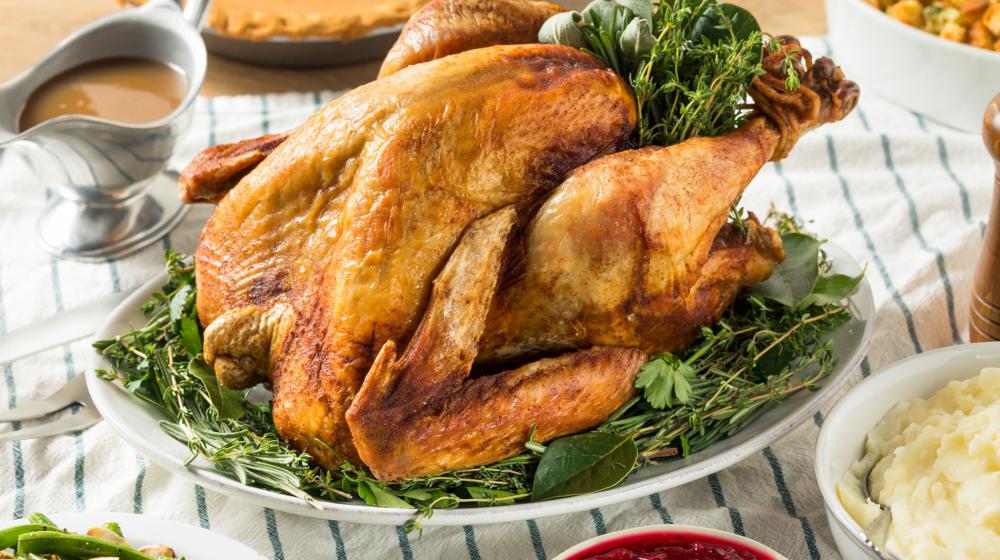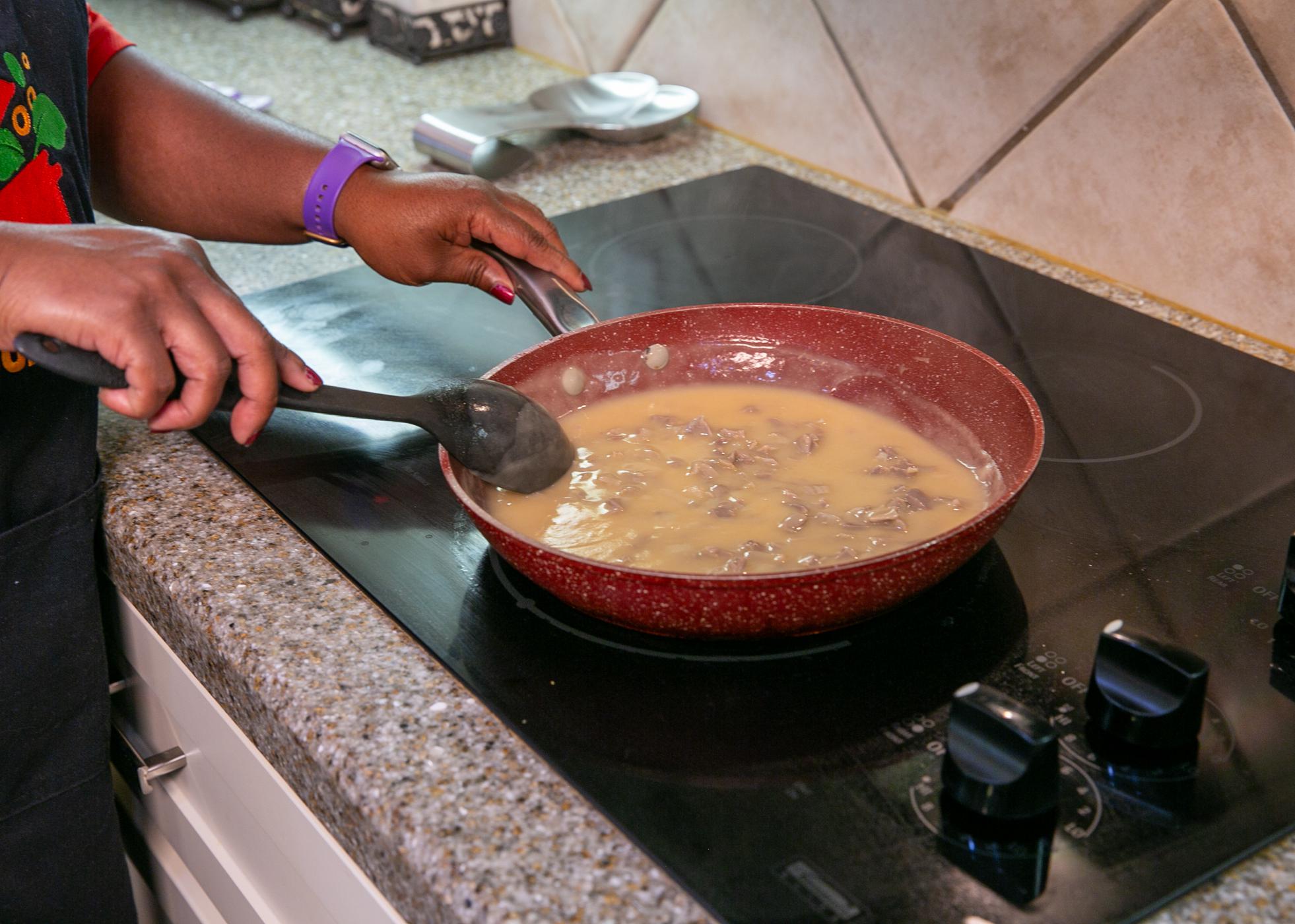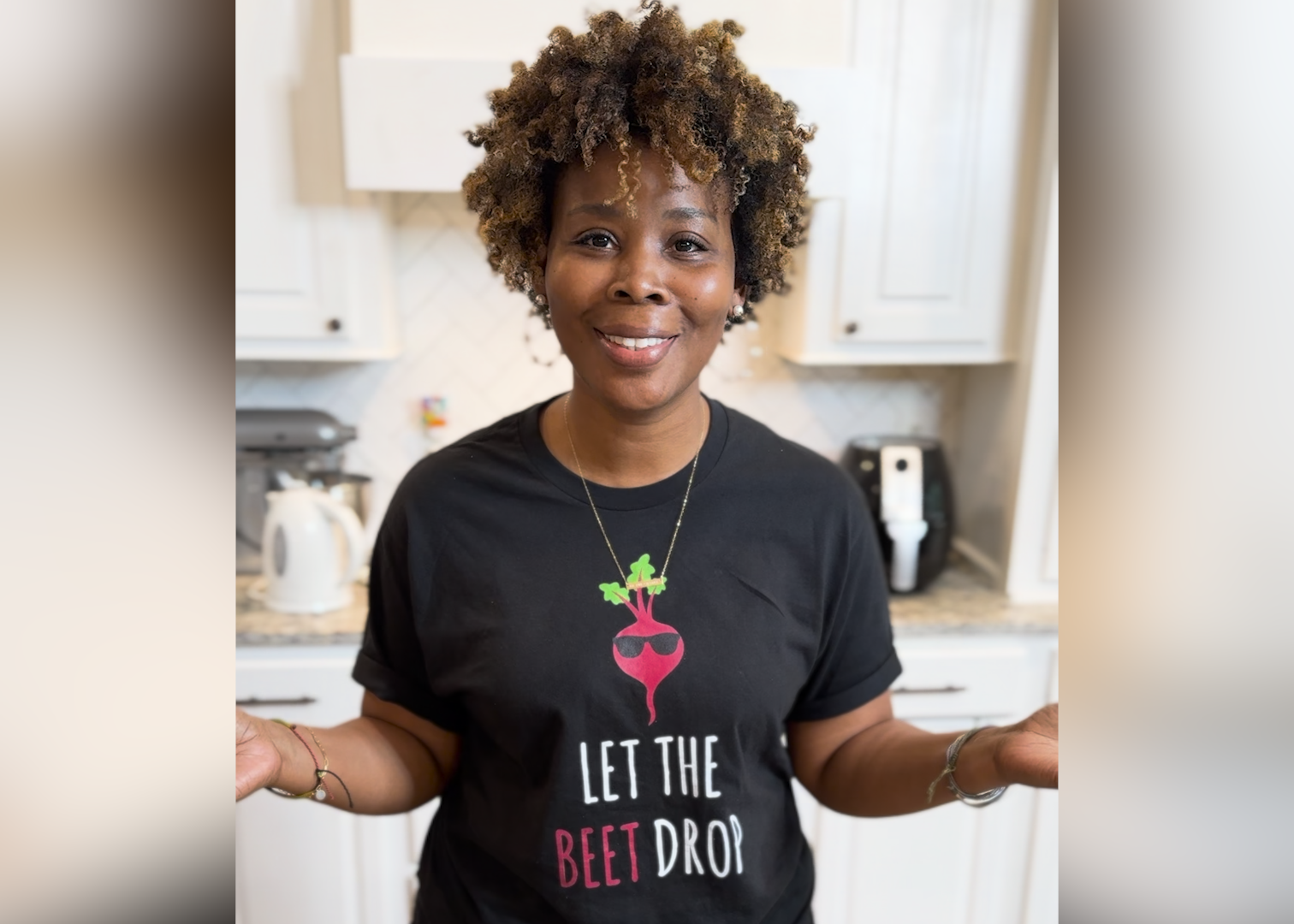4 Tips for Safely Handling and Cooking Your Thanksgiving Turkey

Keep food-borne illness off the menu this Thanksgiving by following some simple tips. Photo by Canstock/bhofack2
What’s on your Thanksgiving menu this year? My family loves turkey and dressing, and I’m getting the list of my favorite dishes to contribute ready.
No matter what you plan to cook this holiday season, the first item on your checklist should be food safety.
Research indicates that food mishandling and undercooked food items are the most common reasons people get sick from foodborne illness after eating turkey and chicken.
If you’re preparing the turkey for your family this Thanksgiving, the Centers for Disease Control and Prevention recommends that you keep these four tips in mind:
- Properly thaw your turkey. You can thaw your turkey in the refrigerator, in cold water, or in the microwave; and there’s a right way and wrong way to carry out each of these methods. Follow the instructions in this guide from the U.S. Department of Agriculture Food Safety and Inspection Service to safely thaw your turkey while using any of these methods.
- Properly handle your turkey. Keep raw turkey separate from other foods. Wash your hands, surfaces, and utensils with soap and water after handling and preparing raw turkey. Never put cooked turkey or raw produce on any unwashed dish or surface that held the raw turkey. Refrigerate any leftovers within two hours.
- Thoroughly cook your turkey. Heat the oven to 325 degrees or above. The weight of the turkey determines how long you should cook it. The best way to ensure the turkey is done is to check the internal temperature with a meat thermometer. Make sure you insert the thermometer in the thickest parts of the breast, thigh joint, and wing joint. When the internal temperature reaches a minimum of 165 degrees in all three areas, the turkey is ready to enjoy. While there are pop-up temperature indicators included in some frozen turkeys, they are not always accurate.
- Thoroughly cook the stuffing. The safest way to cook dressing is in a separate casserole dish. However, if you do cook stuffing inside the turkey cavity, fill the cavity with dressing just before you put it in the oven. Always use a food thermometer to make sure the center of the dressing reaches at least 165 degrees, no matter which method you use. If you cook it inside the turkey, let the stuffed turkey sit for 20 minutes after taking it out of the oven, then remove the stuffing. Get more detailed instructions for safely cooking stuffing inside your turkey on the USDA FSIS website. https://www.fsis.usda.gov/food-safety/safe-food-handling-and-preparation/poultry/turkey-basics-stuffing
One more thing: Don’t rinse your turkey before cooking it. Rinsing your turkey before cooking it can spread bacteria through cross-contamination that could make you and your family sick. See just how easily bacteria is spread in the kitchen when you wash a turkey in our previous blog post.
For more information about handling and cooking your Thanksgiving turkey, visit the USDA FSIS website.
Do you celebrate with a different kind of meat? The same basic food safety rules apply. The USDA’s article, “Roasting Those “Other” Holiday Meats,” includes a guide on safe internal temperatures and approximate cooking times for various kinds of meats.
Still have questions? USDA’s Meat and Poultry Hotline can answer all your questions about food safety related to your Thanksgiving turkey and other menu items.
The basic rules of food safety for preparing any kind of food are clean, separate, cook, and chill.
Subscribe to Extension for Real Life
Fill in the information below to receive a weekly update of our blog posts.









